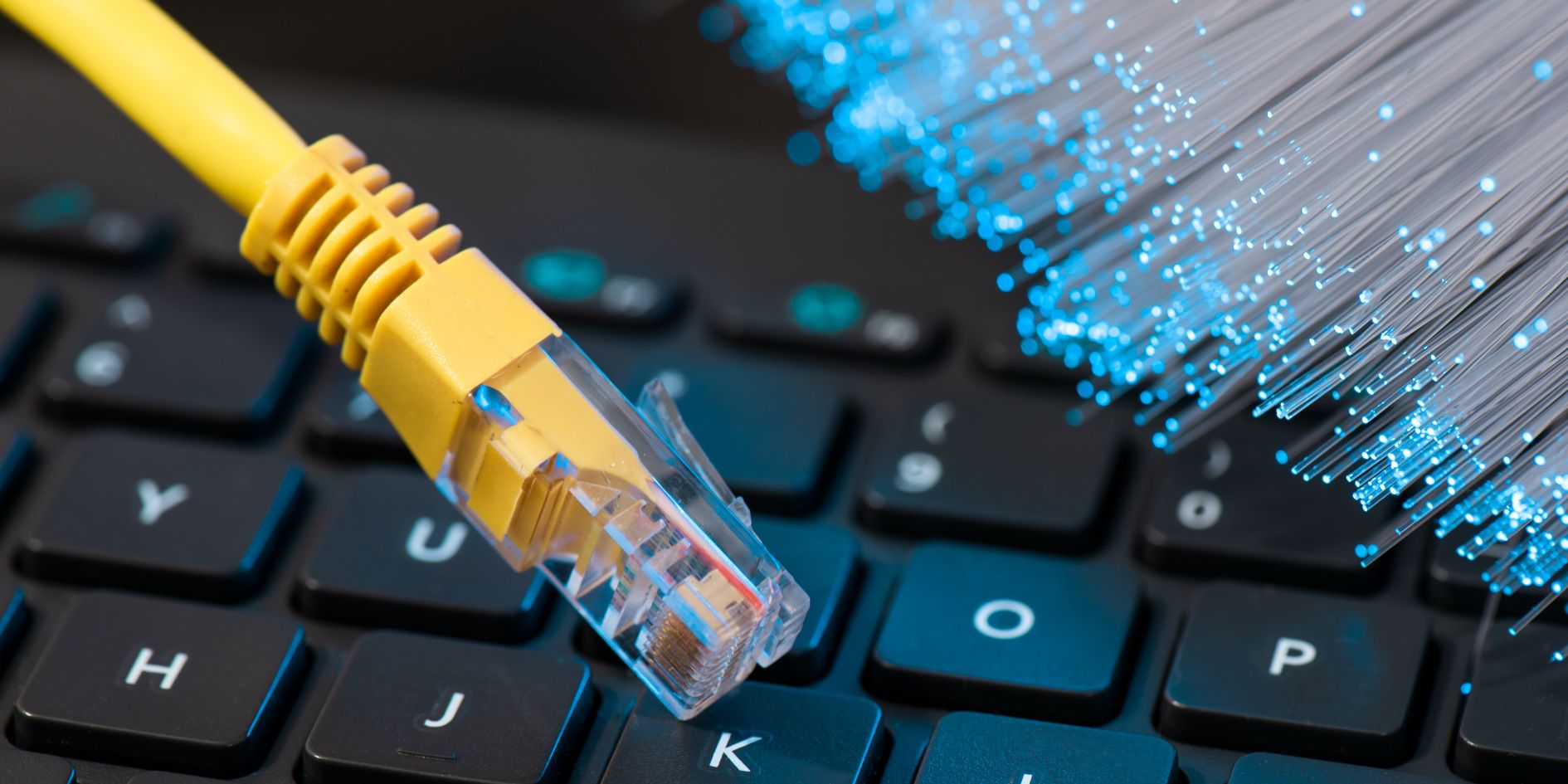Welcome to the ultimate guide on how to reboot your Lenovo laptop! Whether you are experiencing technical issues or want to give your laptop a fresh start, rebooting can be an effective solution.
In this article, we will walk you through the entire process, covering various methods and best practices. So, let’s dive in and get your Lenovo laptop up and running smoothly again!
![How to Reboot Lenovo Laptop? [2023] 2 How to Reboot Lenovo Laptop](http://techonroof.com/wp-content/uploads/2023/08/How-to-Reboot-Lenovo-Laptop-1024x576.jpg)
What is Rebooting?
Rebooting, or restarting, is turning off and on your computer or device. This can clear the memory, close the running programs, and refresh the system settings.
Rebooting can also install the latest updates, fix minor errors, and improve the security of your device.
Understanding the Importance of Rebooting
Rebooting your Lenovo laptop can resolve various software-related issues and improve system performance. Here’s why rebooting is essential:
1. Clears Memory and Closes Unnecessary Processes
When you reboot your laptop, it clears the memory and closes all unnecessary background processes. This can free up valuable resources, allowing your laptop to run more smoothly.
2. Resets System Settings
Rebooting resets your system settings to their default configurations. If you’ve made any changes that caused issues, a reboot can revert those changes, potentially resolving the problem.
3. Updates Installed Software
Sometimes, software updates require a reboot to apply the changes fully. Rebooting ensures that all updates are applied correctly, keeping your laptop up-to-date and secure.
4. Fixes Minor Glitches
Minor glitches in software can cause various issues. Rebooting can fix these glitches and restore your laptop to its normal state.
5. Improves Performance
After prolonged use, laptops can slow down due to the accumulation of temporary files and cached data. Rebooting helps clear these files, leading to improved overall performance.
6. Enhances Stability
Rebooting can stabilize your laptop’s performance and prevent unexpected crashes or freezes.
How to Reboot Lenovo Laptop?
Rebooting your Lenovo laptop is a straightforward process, and there are several methods you can use. Let’s explore each one of them:
Method 1: Restart from the Start Menu
- Click on the “Start” button in your screen’s bottom-left corner.
- Select the “Power” option from the Start Menu.
- Click on “Restart” from the dropdown menu.
- Your laptop will begin the reboot process, shut down and turn back on automatically.
Method 2: Use the Shortcut Keys
- Press the “Alt,” “Ctrl,” and “Delete” keys simultaneously on your keyboard.
- A blue screen with several options will appear. Click on “Restart.”
- Confirm your choice, and your Lenovo laptop will restart.
Method 3: Hard Reboot
- If your laptop is unresponsive, press and hold the power button for about 10 seconds until it shuts down completely.
- Wait a few seconds, then press the power button again to turn it back on.
Method 4: Reboot from Settings
- Click on the “Start” button and select the “Settings” gear icon (usually looks like a gear).
- In the Settings window, click on “Update & Security.”
- Choose “Recovery” from the left-hand menu.
- Under the “Advanced startup” section, click “Restart now.”
- Your laptop will restart, presenting you with various startup options.
Method 5: Using Command Prompt
- Press “Windows + R” on your keyboard to open the Run dialog.
- Type “cmd” and press “Enter” to open the Command Prompt.
- Type “shutdown /r” in the Command Prompt window and press “Enter.”
- Your Lenovo laptop will initiate the restart process.
Method 6: Reboot from BIOS
- Restart your laptop and repeatedly press the appropriate key (usually Del, F2, or F12) to enter the BIOS setup.
- Navigate to the “Exit” tab using the arrow keys in the BIOS settings.
- Choose the “Exit Saving Changes” option and press “Enter” to reboot your laptop.
Essential Tips to Consider Before Rebooting
- Close all open applications and save your work before rebooting.
- Back up your important files regularly. This will help you recover them in case of system failure or damage.
- Check for any pending updates or installations to avoid interrupting the process.
- Ensure that your laptop’s battery is sufficiently charged or connected to a power source during the reboot.
Common Mistakes to Avoid
- Avoid performing a hard reboot unnecessarily, as it may cause data loss or potential hardware damage.
- Do not interrupt the reboot process once initiated, as it may lead to system instability.
Conclusion
Rebooting your Lenovo laptop is a fundamental troubleshooting step that can resolve many software-related issues and improve overall performance. We’ve covered various methods, from the simple restart to advanced BIOS options, along with troubleshooting tips for common reboot problems.
Remember, regular reboots help keep your laptop running smoothly and can prevent unexpected crashes. If you encounter any persistent issues, seek help from Lenovo support or a qualified technician.
FAQs
How often should I reboot my Lenovo laptop?
It’s a good practice to reboot your laptop regularly, at least once a week. This helps keep your system running smoothly and prevents performance issues.
Will rebooting erase my files?
No, rebooting will not erase your files. It simply restarts your laptop, and all your data will remain intact.
My laptop freezes often. Will rebooting help?
Rebooting often resolves freezing issues by clearing the memory and closing unnecessary processes.
Can I reboot my laptop during a system update?
It’s best to avoid rebooting your laptop during a system update. Let the update complete before initiating a reboot to avoid potential complications.
Why does my laptop take a long time to boot after a reboot?
A slow boot after a reboot could be due to various factors, such as startup programs or disk issues. Consider optimizing your startup programs and performing disk cleanup to improve boot times.
Is there a difference between a soft reboot and a hard reboot?
Yes, a soft reboot gracefully restarts the system, while a hard reboot forcibly shuts down and restarts the system. Soft reboots are preferred as they reduce the risk of data corruption.

![How to Reboot Lenovo Laptop? [2023] 1 How-to-Reboot-Lenovo-Laptop](https://techonroof.com/wp-content/uploads/2023/08/How-to-Reboot-Lenovo-Laptop.jpg)



